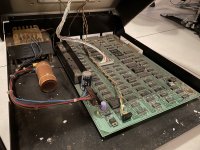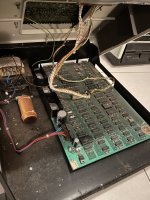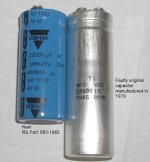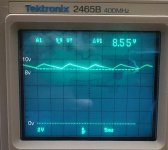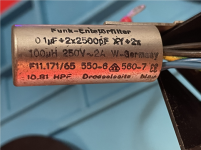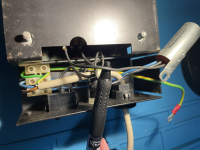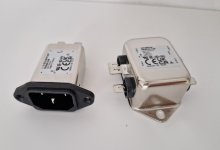Port89
Experienced Member
Hi,
After learning about and repairing a number of 80's machines in the last 9 months (BBCs, C64s, Amiga, Amstrad, Archimedes, STs and Sinclairs), I'd deliberately left two machines in storage that were particularly special to me.
I knew and was intrigued by them as young kid in their business setting, and the original owner left them to me. I've only had them for about 20 years but I suspect that these haven't been in active use since 1985. He was a prolific buyer of tech so it wouldn't have been long until something else came along and these went onto the shelves where I saw them sit for decades.
Before I put a mains plug on them and see what happens....what should I know?
I'll add some inside pictures shortly.
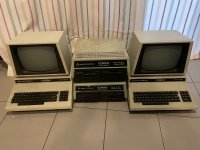
After learning about and repairing a number of 80's machines in the last 9 months (BBCs, C64s, Amiga, Amstrad, Archimedes, STs and Sinclairs), I'd deliberately left two machines in storage that were particularly special to me.
I knew and was intrigued by them as young kid in their business setting, and the original owner left them to me. I've only had them for about 20 years but I suspect that these haven't been in active use since 1985. He was a prolific buyer of tech so it wouldn't have been long until something else came along and these went onto the shelves where I saw them sit for decades.
Before I put a mains plug on them and see what happens....what should I know?
I'll add some inside pictures shortly.


